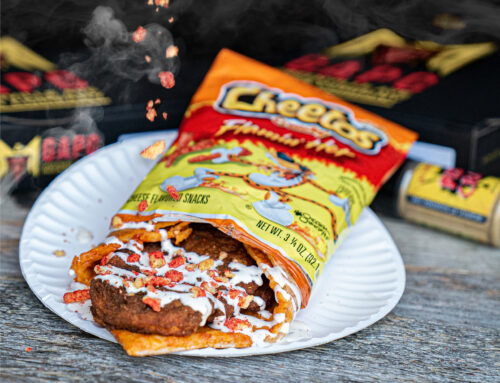Welcome to the fourth annual Advocate rosé column, dedicated to those of us who appreciate pink wine that is neither sweet nor white zinfandel (or white merlot or any of the other names that it’s being called). And for those of you who drink white zinfandel, please give rosé a try. You might be surprised at how much you enjoy it.
Our motto: If it’s summer and you have $10, you can buy a pretty good rosé — and sometimes even get change back. Rosés should be served chilled, and they pair pretty much with any food, including beef and barbecue — some of them are that dry. A note on vintages: Look for 2005, and be wary if anyone sells anything much earlier than 2004. Rosés are not made to age, and should be fresh and flavorful.
Generally, rosés fall into the following categories:
• Southern France and Spain: These are the driest wines, and often the least expensive. Try Muga, a Spanish rosé with a pale red color made from tempranillo that’s about $8.
• New World rosés: These aren’t as dry as those from Spain and France, but are still much drier than white zinfandel. They tend to have a more fruity flavor than the Muga. The standbys are Bonny Doon’s Big House Pink and Toad Hollow’s Pinot Noir Rosé, both from California and about $10. Also worthwhile: Crios Rosé, an Argentine wine for about $14.
• Intriguing rosés: Vina Robles, in the Paso Robles area, makes a terrific dry rosé called Roséum that would be even better if it wasn’t $13. And Texas’ Kim McPherson Cellars offers a very well made rosé (if not quite dry enough) for about $12.





